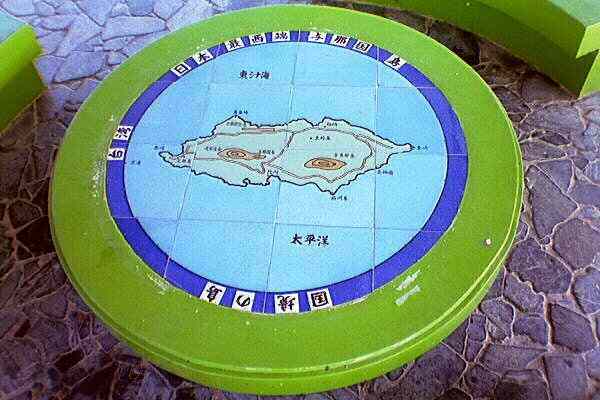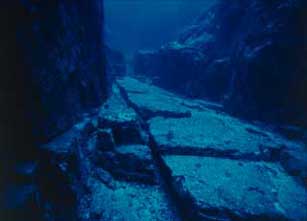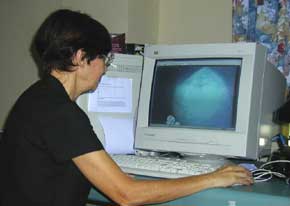|
text translation service for many worldwide languages
Over the past decade or so there have been numerous discoveries about the ancient world, many of which cannot be explained by the traditional views of prehistory as interpreted by mainstream archæologists. It would be impossible to keep abreast of them all, but many have major implications for our greater understanding of the cataclysmic events of antiquity which are remembered in the stories of Atlantis, the Deucalian flood, and the flood of Noah that have been passed down from generation to generation in both oral and written traditions since time immemorial …
Of course, there are so many ancient tales of flooded kingdoms, cataclysmic inundations and sunken lands from more or less every corner of the world, that it is difficult to avoid the basic question of whether or not they all refer to the same cataclysm, or a series of cataclysms that happened over several millennia from around 15,000 BC to around 1,500 BC? Many scientists now believe that there were a series of rapid sea-level changes which marked the abrupt end of the last Ice Age, especially at the time of Plato’s original date of 9,600 BC where he placed the supposed destruction of Atlantis.
The melting ice-sheets, it is believed by ‘uniformitarians’, were sufficient to account for these sea-level rises, but other scientists are looking at the possibility that supermassive quantities of water-ice were rudely delivered to the Earth by a giant comet which passed close to the Earth and the Moon at the end of the Pleistocene era – again at around 11,500 years ago. This ‘event’ was coeval with the world’s major mountain ranges – such as the Alps, the Andes, and the Himalayas – attaining their present elevations, whilst many of the world’s low-lying basin areas collapsed in an abrupt series of crustal deformations caused by the gravitational effects of a celestial body in such close proximity to Earth. Many of the world’s ‘deluge traditions’ refer to a celestial agency as having been the cause of the global floods, as well as the major rifting of Earth’s crust in numerous locations, and possibly also causing a tilt in the Earth’s rotational axis which brought about the seasons and the frigid polar regions as we now know them. The mass extinctions which marked the end of the Pleistocene and the start of the present Holocene era are also dated to between 10,000 and 12,000 years ago, as are the unconsolidated jumbles of now extinct land animals, marine lifeforms, and Pleistocene flora which comprise the many types of ‘drift deposits’ found jammed with extreme force into caves and rock fissures worldwide. Many species from widely differing climatic zones and habitats lie side-by-side in bits and pieces evidencing the violent nature of their common demise, and careful analysis of these suggest the cause as being not the Ice Age of the uniformitarians, but the tumultuous swirling waters of mega-tsunami. Either way, the major question which cannot any longer be reasonably avoided by serious prehistorical researchers must be:
“What more evidence of ancient civilisations, and of the sea-faring peoples of world-wide mythology, remains to be discovered beneath the waves on the continental shelves all around our planet?” …
more underwater discoveries …
Morien Institute Marine Archæology News Archive for 2009 | 2008 | 2007 | 2006 | 2005 | 2004 | 2003 | 2002 | 2001 | 2000 | 1999 | 1998 |
Marine Archæology News Archive |
Terrestrial Archæology & Solar System History News Headlines Archive
– updated daily –
more underwater discoveries …
Morien Institute Marine Archæology News Archive for 2009 | 2008 | 2007 | 2006 | 2005 | 2004 | 2003 | 2002 | 2001 | 2000 | 1999 | 1998 |
Marine Archæology News Archive |
Terrestrial Archæology & Solar System History News Headlines Archive
– updated daily –
please take a look at our Ancient Mysteries Bookshoppe for a wide selection of books that challenge orthodox views of prehistory on every continent
|




